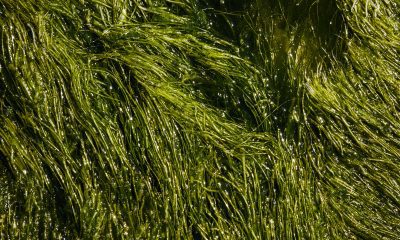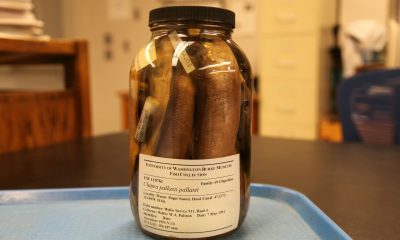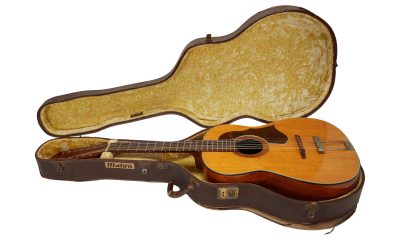By Gwyn Wright via SWNS
Polar bears' paws could help scientists to develop tires that grip ice more effectively.
A new study has found the endangered creatures’ paws are 30 to 50 percent grippier than those of other bears.
Researchers say that the discovery could also help keen climbers and firms who specialize in delivering goods in bad weather.
Polar bears have grippier paws because they have taller papillae, which are small round bumps on the pad of their feet, on their paws.
The U.S. team found the paws pads of polar bears are around 1.5 times taller than those of the distantly related brown bear and American black bear.
These taller bumps can make a bear’s paws grippier than short ones.
Polar bears have smaller paw pads than most bears, which is likely to be because they need to cover more of their body with fur to keep warm.
However, the fact the bumps on their paws are grippier compensates for their small size.
Earlier research had studied polar bear paw bumps and found they had adapted to become grippier on snow.
via GIPHY
However, researchers had not compared them with the brown bear and American black bear, or the more distantly related sun bear, which does not have paw pads.
For the study, a team from the University of Akron in the U.S. collected real and replica bear paw pads from all four species and imaged them using a scanning electron microscope.
The team also created 3D printouts of the structures to vary their diameter and the height of their features.
They were then tested in snow in the lab to see how they reacted to the conditions.
Study author Dr. Austin Garner said: “Papillae are not unique to polar bears.
"Previous work [in that area] made the implicit assumption that papillae themselves are adaptations for enhanced traction on snow without studying the paw pads of other bears.
“It was fascinating for us to discover that the other North American bears have them as well and that the physical characteristics of the papillae are what matters for traction on snow.”
The team say manufacturers and other scientists can use the findings to tweak new products they are developing for a whole range of applications.
Similar experiments could also be performed on other animals such as dogs, wolves, foxes and mountain goats to work out if animal feet have evolved in order to grip ice and snow more effectively.
Study author Professor Ali Dhinojwala added: “If you look at snow tires you will see that they do have some deeper treads, but this research could also show various ways to design them that could have a larger impact.
“Individuals who do high altitude climbing are interested in this research, companies that specialize in the delivery of goods in bad weather would love to have better grip.”
The findings were published in the Journal of The Royal Society Interface.

 Parenting6 days ago
Parenting6 days ago
 Lifestyle5 days ago
Lifestyle5 days ago
 Broadcast1 week ago
Broadcast1 week ago
 Broadcast7 days ago
Broadcast7 days ago
 Good News1 day ago
Good News1 day ago
 Money1 week ago
Money1 week ago
 Environment7 days ago
Environment7 days ago
 Health2 days ago
Health2 days ago






















